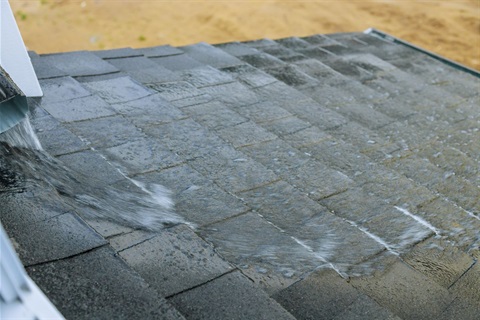Stormwater and neighbours

Property owners are responsible for controlling stormwater run-off from their individual property.
Flooding or water flow issues between adjoining properties should be resolved between the private property owners involved.
If water from a neighbour's property is impacting your property, this is a private matter between you and your neighbour.
The legislation
Storm water nuisance from adjoining land is regulated under the Water Act 1989. Council is not the authority on, or empowered to regulate, this legislation and cannot request an adjoining owner to comply with this Act. Under this Act, it is each owner’s responsibility to ensure that no nuisance is caused to neighbouring or adjoining properties.
Types of issues
There are a variety of sources for stormwater issues from a neighbouring property including:
- building works
- a shed
- garage or carport
- rainwater tank
- driveway
- paving, paths or landscaping works.
Grey water
If your neighbour is discharging grey water into their property (eg. from washing machine) and it is flowing into your property, this is a civil matter. Council recommend you discuss the matter with your neighbour.
Landscaping, paving or new sheds
If your neighbour has recently completed work in their grounds that has redirected or caused water to flow onto your property, this is a civil matter. We recommend you discuss the matter with your neighbour.
Flooding from a building site
Individual builders are responsible for management of stormwater on a building site during construction. If your property has been flooded by surface water from a nearby site, you will need to take your own legal action.
Complaints about buildings under construction should be directed to relevant builder or building surveyor. Look for their contact details on the building sign at the front of the property or ask us for their details.
How to resolve an issue
Some options to help resolve the issue include:
- Talk to your neighbour about the water issues or write them a letter.
- Contact the Dispute Settlement Centre Victoria (DSCV) for advice and request a mediation meeting.
- Make an application to the Victorian Civil Administration Tribunal (VCAT) who have provision for action for cases of unreasonable flow of water between properties.
- Or seek your own independent legal advice regarding civil action available under the Water Act 1989.